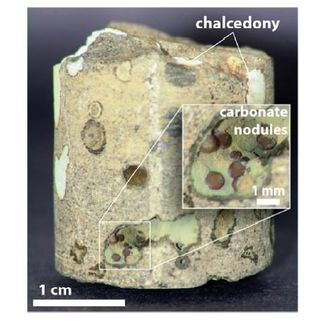A milestone for new carbon-dioxide capture/clean coal technology
Advertisement
An innovative new process that releases the energy in coal without burning — while capturing carbon dioxide, the major greenhouse gas — has passed a milestone on the route to possible commercial use, scientists are reporting. Their study in the ACS journal Energy & Fuels describes results of a successful 200-hour test on a sub-pilot scale version of the technology using two inexpensive but highly polluting forms of coal.
Liang-Shih Fan and colleagues explain that carbon capture and sequestration ranks high among the approaches for reducing coal-related emissions of the carbon dioxide linked to global warming. This approach involves separating and collecting carbon dioxide before it leaves smokestacks. Fan's team has been working for more than a decade on two versions of carbon capture termed Syngas Chemical Looping (SCL) and Coal-Direct Chemical Looping (CDCL). They involve oxidizing coal, syngas or natural gas in a sealed chamber in the absence of the atmospheric oxygen involved in conventional burning. Metal compounds containing oxygen are in the chamber. They provide the oxygen for oxidation, take up coal's energy, release it as heat in a second chamber and circulate back for another run in the first chamber.
Their report describes the longest continuous operation of the CDCL test system. It operated successfully for 200 hours without an involuntary shutdown. The system used sub-bituminous and lignite coals, which are the main source of carbon dioxide emissions at U.S. coal-fired power plants. Carbon dioxide captured during operation had a purity of 99.5 percent.
Organizations
Other news from the department science

Get the chemical industry in your inbox
By submitting this form you agree that LUMITOS AG will send you the newsletter(s) selected above by email. Your data will not be passed on to third parties. Your data will be stored and processed in accordance with our data protection regulations. LUMITOS may contact you by email for the purpose of advertising or market and opinion surveys. You can revoke your consent at any time without giving reasons to LUMITOS AG, Ernst-Augustin-Str. 2, 12489 Berlin, Germany or by e-mail at revoke@lumitos.com with effect for the future. In addition, each email contains a link to unsubscribe from the corresponding newsletter.




























































